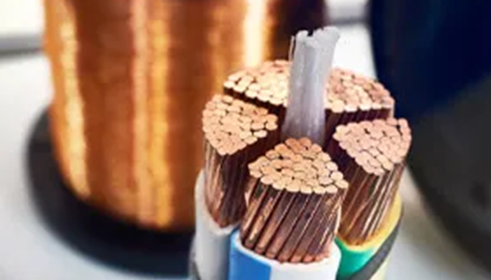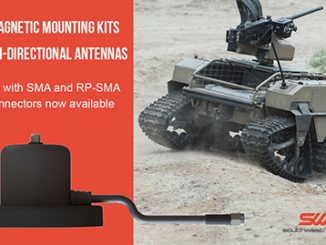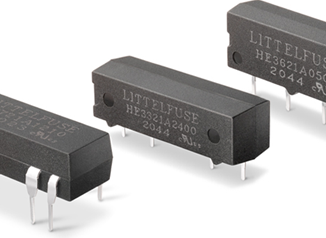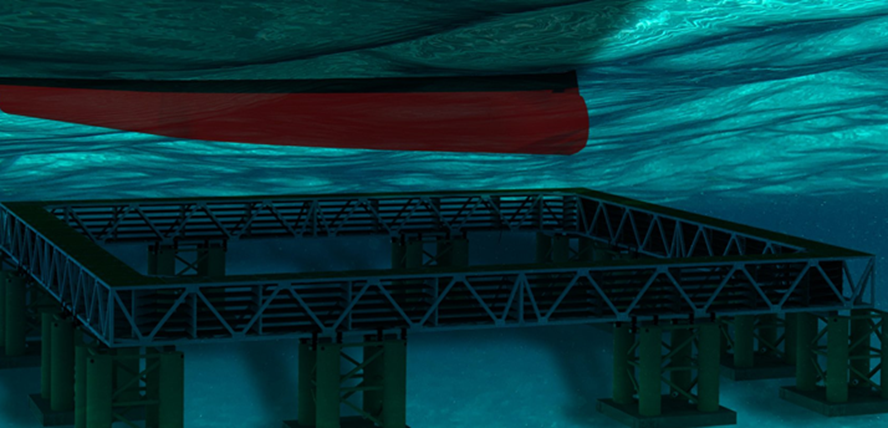
The Royal Australian Navy is planning to build an innovative over-run magnetic treatment facility offshore Western Australia, designed to reduce the magnetic signature of vessels passing over it while speeding up what otherwise can be an arduous process.
Currently, the Australian navy (RAN) is evaluating proposals from several companies which submitted bids for its SEA 1350 Phase 2 Navy Magnetic Treatment Facility. The request for tenders closed in September 2020 and the project is targeted for initial operation in 2023. A spokesman for the Australian Defence department tells Magnetics Magazine that a decision on the tenders is expected by late this year.
Anticipated to be worth between $50 and $100 million, the project will replace an existing deperming facility at Fleet Base West which uses the traditional process of wrapping the entire body of a ship or submarine in a massive wire coil and passing electricity through the coil to reduce the vessel’s magnetic signature, enhancing its stealth capability and preventing it from triggering magnetic mines or attracting certain types of torpedoes.
Among the bidders are Victorian-based Advanced Magnetic Ranges Australia Pty Limited (AMRA), a joint venture combining the engineering expertise of AMOG with French naval technology specialist ECA Group. Another consortium in the competition is an alliance group including L3Harris Technologies, Ultra Electronics and Indianic Group.
In September, upon submission of the AMRA bid, whose proposal is depicted above, AMOG CEO Ben Clark, noted that it “Includes an impressive list of Australian subcontractors and SMEs who will ensure that Australian industry content is maximized, whilst delivering the best global technology from ECA Group.”
“Safety at sea is a continuous challenge since it is a hostile environment. Beyond the fact that AMRA’s solution is based on a tried, tested and approved method of ship protection through magnetic risk management such as deperming of submarines, our solution is a real technological breakthrough as it simplifies the process and reduces the time required,” added Philippe Novelli, chief commercial officer of the Robotics Division at ECA Group.
The design uses wire coils laid down on the seabed, supported by a custom-designed subsea structure, through which a specific current form is passed as the vessel moves over the coils, taking as little as four hours. This single day over-run process provides a significant operational advantage when compared to the traditional wrapping, which can take up to 10 days.
Back in May, L3Harris Technologies announced the alliance agreement to bid with Ultra Electronics and Indianic Group for the program. The companies have several years of experience providing signature management capability and working on maritime ranges for the RAN. L3Harris’ Oceania business based in Fremantle, Western Australia, provides the acoustic undersea range systems supporting signature management and live-firing exercises, and supports many other RAN systems including maritime navigation and hydrographic mission systems.
“Reducing ships’ magnetic signatures is a key capability for the RAN,” said Alan Titheridge, Managing Director, L3Harris Australia Group. “If we’re successful, we would also subcontract a number of other Western Australian-based subject matter experts to support the design, construction and maintenance of the new facility – delivering sovereign superiority in the region.”
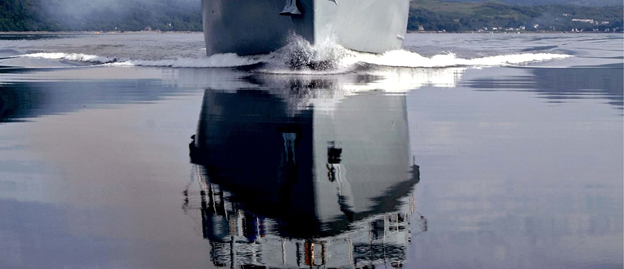
Ultra’s Maritime’s Signature Management & Power business, formerly known as Ultra EMS and Ultra PMES, supplies the RAN’s existing magnetic treatment facility at Fleet Base West as well as its open-sea magnetic ranges. It is a turnkey system developer of traditional degaussing, advanced degaussing, high temperature degaussing systems & power conversion solutions for naval applications.
“Ultra has been supplying naval electromagnetic signature management capability to both the Royal Navy and Royal Australian Navy for over four decades and we look forward to continuing this close relationship by supplying the next generation of Australian capability with our SEA1350 partners L3Harris and Indianic,” said Doug Burd, Managing Director, Ultra Electronics Australia.
Based in Western Australia, Indianic Group maintains and operates the existing magnetic measurement and deperming facilities at Fleet Base West. “We have been involved with the magnetic treatment facility for the past 15 years, maintaining and sustaining the facility on a daily basis,” said Michael Gray, managing director.”

